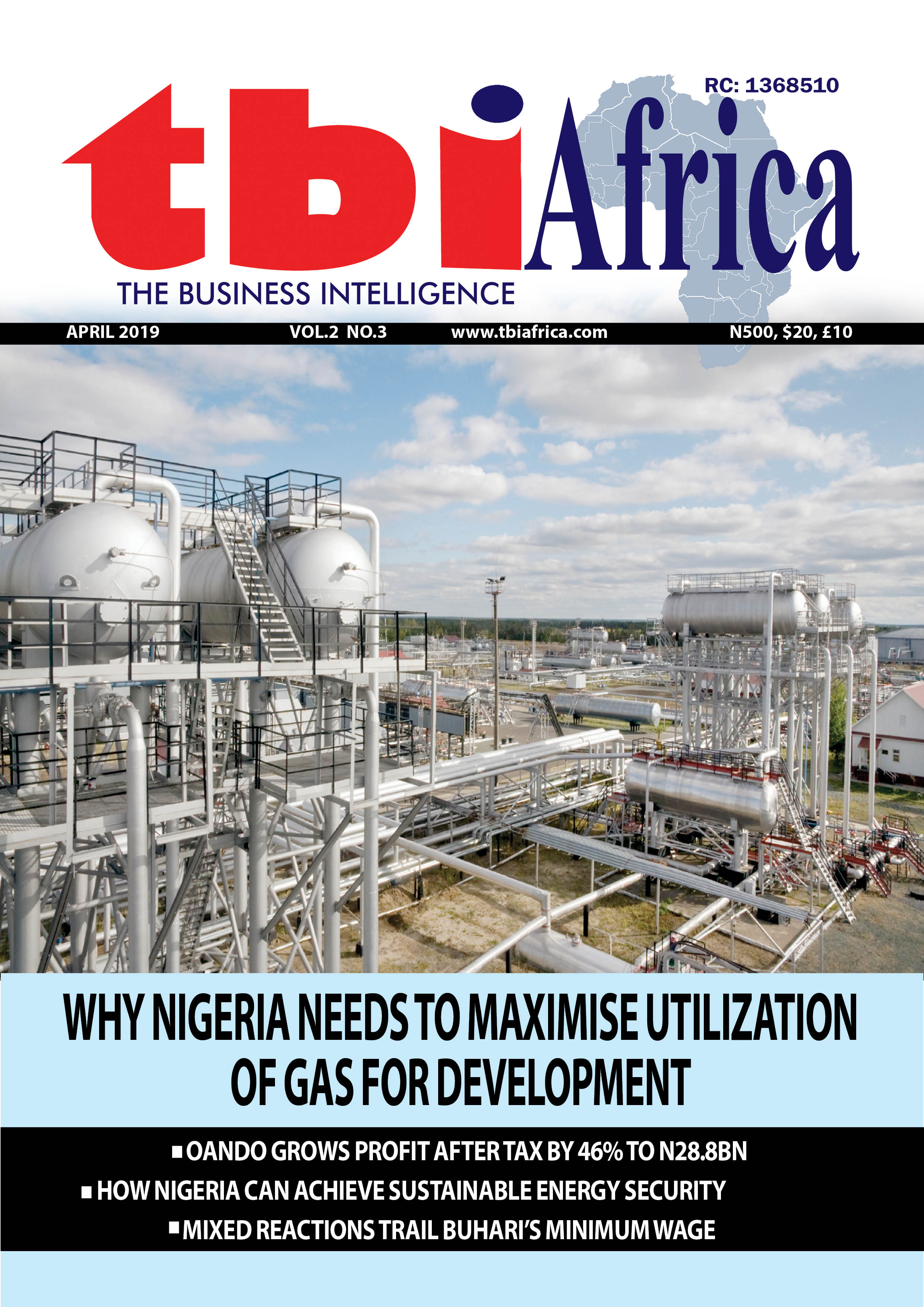Photo caption: Nigerian Electricity Regulatory Commission (NERC) logo
Electricity subsidy has increased to about N762bn in the first four months of 2025.
Figures from various reports of the Nigerian Electricity Regulatory Commission showed that the subsidy on power was approximately N178bn in January. It rose to N194bn in February, N192bn in March, and N194bn in April.
The Federal Government is therefore going to pay a sum of N198.42bn as electricity subsidy in April. The PUNCH reports that the amount is N5.82bn higher than the N192.6bn incurred as subsidies in March.
The April Multi-Year Tariff Order released on Thursday by the Nigerian Electricity Regulatory Commission showed that the Federal Government is still paying about half of the weighted average cost-reflective tariff for customers on Band B to E.
While Band A customers pay over N209 per kilowatt-hour, customers on other bands pay an average of N116/kWh for electricity.
According to the MYTO order, customers under the Ibadan power distribution company will gulp N24.29bn as subsidy, up from N23.58bn in March. From N27.77bn in March, Abuja Disco customers get N28.642bn as their subsidy in April.
For Eko, Ikeja, and Port Harcourt Discos, the shortfalls are N23.14bn, N27.45bn, and N14.74bn, respectively. Others are Jos, N11.75bn; Yola, N11.95bn; Benin, N15.91bn; Enugu Disco, N15.5bn; Kano Disco, N14.28bn; and Kaduna, N14.62bn.
NERC said the approved end-user tariffs took effect from April 1, pursuant to Section 116 of the EA and extant regulations. It explained that the approved tariffs shall remain in force subject to monthly adjustments of pass-through indices, including inflation rates, naira/dollar exchange rates, and gas-to-power prices.
“In line with the FGN’s policy direction on electricity subsidy, the allowed tariffs for Bands B—E customer categories shall remain frozen at the rates payable since December 2022, subject to further policy direction by the Government,” NERC ordered.
The Federal Government has said repeatedly that the monthly electricity subsidy was no longer sustainable. In April 2024, the Federal Government took the first step towards a cost-reflective tariff by removing customers on Band A feeders from its subsidy arrangement.
Recently, the Minister of Power, Adebayo Adelabu, and the Special Adviser to the President on Energy, Olu Verheijen, mulled a possible hike in electricity tariffs.
According to Verheijen, the N200bn monthly subsidy benefited the wealthiest 25 per cent of Nigerians rather than those who truly needed assistance.
The power minister has lamented the Federal Government’s inability to pay the subsidy to the Discos, which has led to mounting debt due to a lack of liquidity in the sector.
He said the government was planning to adjust tariffs payable by customers on Bands B and C to reflect their hours of consumption. This is part of the measures to reduce the heavy subsidy burden on the government.
Last year, the International Monetary Fund warned the Nigerian government to remove electricity subsidies. In a report published recently by the IMF, the organisation told Nigeria that the subsidies guzzled three per cent of the nation’s Gross Domestic Product in 2024 as against one per cent in the year before.
According to the report, the IMF commended the Federal Government for phasing out “costly and regressive energy subsidies,” saying this was critical to creating fiscal space for development spending and strengthening social protection while maintaining debt sustainability.
As Nigerians warn against a hike in electricity tariffs, the IMF submitted that “the tariff adjustment will help reduce expenditure on subsidies by 0.1 per cent of Gross Domestic Product, while continuing to provide relief to the poor, particularly in rural areas”.
The IMF advocated that once the safety net had been scaled up and inflation subsided, the government should tackle energy subsidies.



